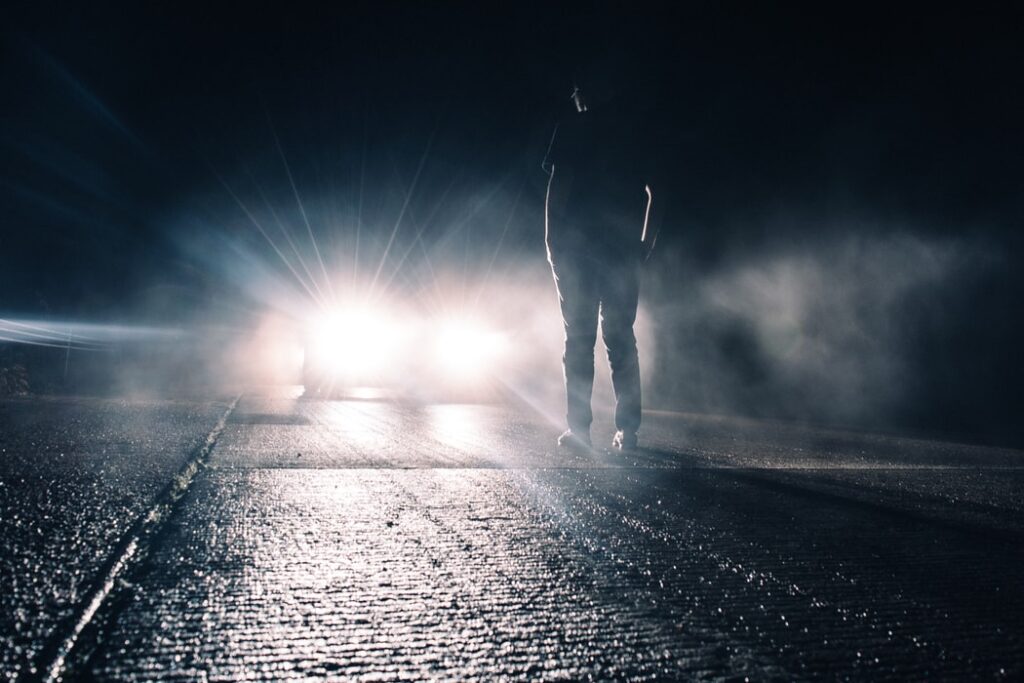Headlight technology is a wild thing. New models of cars are advertising features like curve-adapting headlights and automatic high beams, which are proving to be a major draw for consumers. But there’s something that’s keeping cars in the U.S. from racing to the finish line in terms of lighting evolution: a ban on adaptive driving beam lights, or ADB headlights.
An old law prevents ADB headlights in the States
In 1967, a U.S. regulation made it illegal for auto manufacturers to create headlights in which low beams and high beams operate at the same time. It’s called the Federal Motor Vehicle Safety Standard No. 108, and it’s administered by the U.S. Department of Transportation’s National Highway Traffic Safety Administration.
According to the code itself, the standard serves to reduce traffic accidents. However, it’s based on old lighting technology and doesn’t necessarily apply to today’s innovations (namely adaptive driving beam lights).
Standard 108 involves a self-certification process, so it’s up to the manufacturers to keep their lights in line. To showcase compliance, manufacturers must adhere a “DOT” symbol on all OEM and replacement headlamps, daytime running lights, and certain reflectors.
What are we missing out on with adaptive driving beam lights?
Because of standard 108, U.S. drivers don’t have access to ADB headlights—even when they spend the dough on luxury models supposedly equipped with all the latest innovations.
Interestingly, ADB lights combat the need to turn off your high beams upon oncoming traffic. They do this by casting a shadow so oncoming drivers can still see, all while maintaining high beam brightness where the driver needs it. The latest European models of cars like the Audi e-tron, Cadillac XT6, Polestar 2, and the Lexus RX employ similar technology.
Rather than focusing on how far the light can span, adaptive driving beam lights are pinpoint accurate.
Audi’s ADB variant is similar to a smart TV in that it projects LED photons through millions of micromirrors. These photons adjust at a rate of 5,000 times per second.
Unfortunately, the U.S. isn’t here yet. And while American lawmakers struggle to keep up with the modernized status quo, more headlight technology looms.
Audi has upcoming lighting technology that will show road markings for better nighttime or inclement visibility. Lexus has their own system, called Bladescan, can demarcate nearby pedestrians. In the future, road signs will even be able to be illuminated by headlights. Heads-up displays and external lighting will work in tandem for a holistic (and truly intelligent) lighting experience.
Will the government let up on old standards?
The Federal Motor Vehicle Safety Standard No. 108 is antiquated, according to popular consensus. In 2018 and again in 2020, the Automotive Alliance declared that the standards were “overly stringent and not based on modern headlight systems.”
This makes sense, considering the technology they base the standard on came out well over half a century ago. As ADB headlights continue to evolve into more robust and safe solutions, U.S. auto manufacturers and lighting engineers will be forced to work within tight bounds that allow for innovation to the right and left, but not ahead.
